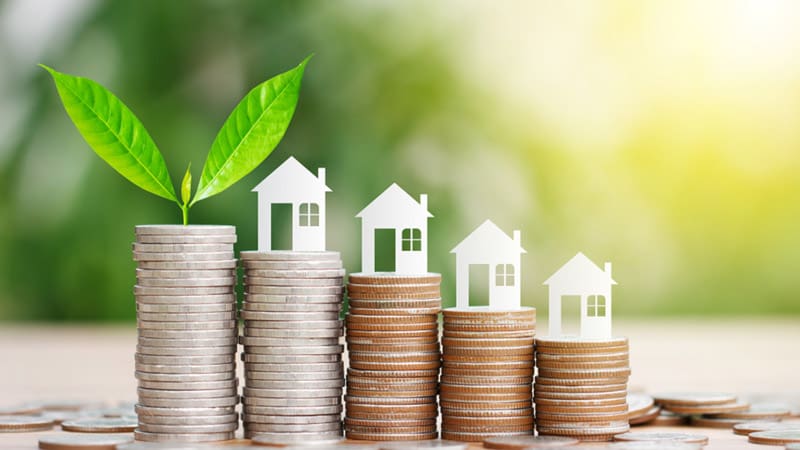- 06 Jul 2019
- By Bridget Bowman

One of the most powerful things about investing in property is your ability to leverage the equity in your existing home or investment property.
One of the most powerful things about investing in property is your ability to leverage the equity in your existing home or investment property.
When you start to use that leverage, you can quickly take one property and build that into a portfolio that can set you up and allow you to achieve your financial goals.
If you already own an existing Australian property, you may have equity available which can be used towards purchasing another property without the need to put in your own cash. This is particularly beneficial for investors as they can maximise their investment by negatively gearing the property, leaving their cash available for other investments.
So how can potential investors leverage their current equity to purchase their next investment property?
Understanding the Loan-to-Value Ratio (LVR)
Equity is the current value of your property minus the outstanding loan. The banks will lend up to 80% of this amount without the need to pay Lenders Mortgage Insurance or up to 90% with Lenders Mortgage Insurance.
Risks to watch out for
As you would have a higher loan on the property, this, in turn, means that your annual holding costs on the property are higher than if you put in the cash deposit yourself.
To minimise this risk, you should ensure you are purchasing a quality property that you feel will increase in value each year by more than the annual holding cost of the property.
An example
John owns a property worth $450,000 and currently has a loan of $250,000 over the property. He doesn’t want to incur Lenders Mortgage Insurance so would like to keep his maximum loan to value ratio at 80%. His equity is calculated is as follows:
$450,000 ( value of the existing property) x 80% = $360,000 maximum loan available on existing property.
$360,000 ( maximum loan) – $250,000 (existing loan) = $110,000 equity available to use towards a new purchase.
The $110,000 in equity then needs to cover the 20% deposit on a new property, as well as roughly 5% for the costs of purchase such as stamp duty and legal fees.
In this case, John was able to purchase a property for $440,000 using the $110,000 in equity from his existing property – $88,000 of this went towards the 20% deposit and the remaining $22,000 covered his costs of purchase.
He then also had a new loan of $352,000 secured against the new property so he did not need to contribute any of his own cash to this purchase.
As the value of both of his homes continues to grow over time, John will be able to access that additional equity to continue to build his property portfolio. The more quality properties he owns, the faster that equity adds up.
The power of leverage
It really doesn’t take long to build yourself a very powerful property portfolio when you start leveraging your existing equity.
